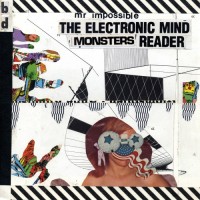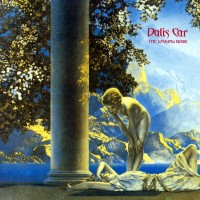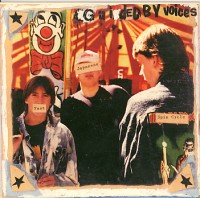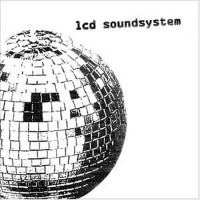
Ten years old! And hardly a blemish on this self-titled LP by everyone’s favorite party group of NYC hipsters. James Murphy (alleged Mark E. Smith impersonator, former Six Finger Satellite sound guy) did most of the work on these tracks, with a little help from his friends and future live players.
Spotted with hits, tracks of mashed up genres come together in a mix of dance, punk and psychedelia drenched in electronic residue. After the release of the totally-meta “Losing My Edge” single, Murphy still had opportunities to sport irony and pretension. “Daft Punk Is Playing At My House” kicks side one off and from there takes you to the bonafide pop of “Tribulations” and the Suicide-esque pummel of “Movement,” which probably has the most lyrical heft of the record’s time:
“It’s like a movement/without the bother of the meaning
it’s like a discipline without the discipline of all the discipline”
Bands have to try so much harder these days, not to succeed, but to avoid pastiche. Or in LCD’s case, work to rise above it and approach music making in earnest. What can all this familiar music mean? Or, what can it be perceived to mean? Real or imagined, these are the pitfalls that LCD manages to dance around. And you get to dance around too, especially on “Thrills,” “Disco Infiltrator,” etc;
Hardly being lumped in with other dance-rock diminished returns of the day (and there were a lot of them, oh boy), LCD’s first release manages to harken back and still sound fresh. And moments like “Never As Tired As When I’m Waking Up” shows that Murphy is just as good a songwriter as he is a studio head. He loves his music, and if you like his long list of refs and citations, chances are you probably will too. -Wade



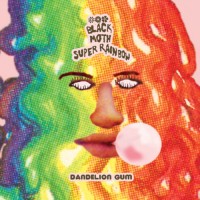

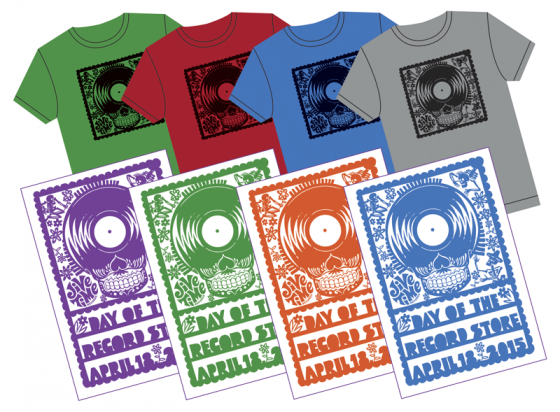 Here’s a sneak peek at this year’s Record Store Day poster and T-shirt giveaways! Watch for more info here, on
Here’s a sneak peek at this year’s Record Store Day poster and T-shirt giveaways! Watch for more info here, on 
